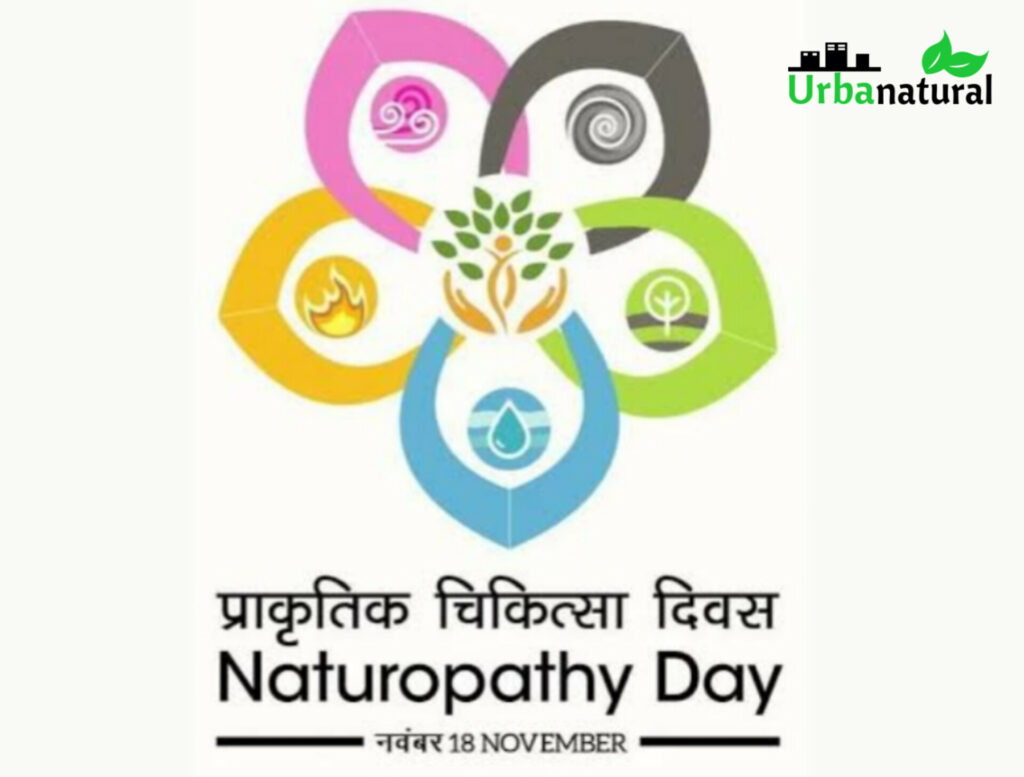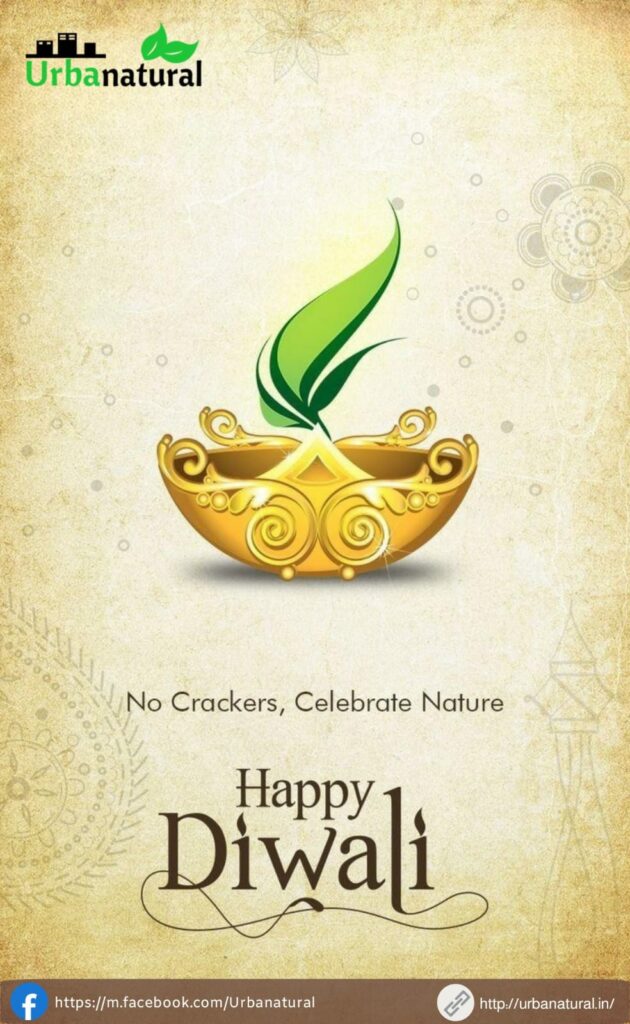More mothers in India are now breastfeeding their babies, especially within the recommended one hour of birth, than a decade ago, government data shows.
If compared globally the percentage may seem low, but there has been a significant improvement in breastfeeding practices among both rural and urban Indian women.
According to the recent National Family Health Survey (NFHS)-4 that was released last year, 41.6% children under 3 years of age were breastfed within one hour of birth in 2015-16 as compared to 23.4% in 2005-06.
Close to 55% of country’s children are exclusively breastfed, which was 46% till about a decade ago.
The figures are better than the average percentage of women breastfeeding their babies in low and middle income countries, which is about 37%.
Government has been promoting breastfeeding in a big way, and creating awareness about the benefits of mothers’ milk for the healthy growth and development of a newborn child.
Union health ministry launched a nationwide programme— MAA-Mother’s Absolute Affection, to promote breastfeeding, and also released national guidelines to start lactation management centres in government hospitals to ensure sick and pre-term babies are fed with safe human breast milk.
Mother’s milk is important for child survival and health.
“Breastfeeding within an hour of birth could prevent 20% of the newborn deaths. Infants who are not breastfed are 15 times more likely to die from pneumonia and 11 times more likely to die from diarrhoea than children who are exclusively breastfed, which are two leading causes of death in children under-five years of age,” said JP Nadda, health minister.
“Children who were not breastfed are at increased risk for diabetes, obesity, allergies, asthma, childhood leukaemia, sudden infant death syndrome etc. Apart from mortality and morbidity benefits, breastfeeding also has tremendous impact on improved IQ.”
“It’s 88% water and the resist is protein, vitamins, minerals, hormones, living cells (stem cells), bacteria etc. that helps in developing a child’s immunity, brain, gut health and also maintains hydration for the baby,” says Dr Bernd Stahl, R&D director of human milk research at Nutricia Research in Utrecht, The Netherlands.
Experts don’t recommend feeding milk of other mammals such as a cow to infants as it might harm the baby.
“The milk a mammal produces is meant for the baby of that particular mammal, and cow’s milk especially has high protein content (3.5%) as compared to human milk (1%), which is why cow’s milk may be popular but not an alternative for a human baby at least till the age of 1 year,” he says.
There is effectively no better alternative to human milk, which is why government is also focusing on human milk banking to ensure pre-term babies and babies whose mothers can’t produce milk grow well.
Health secretary CK Mishra recently inaugurated the ‘Vatsalya— Maatri Amrit Kosh’— a National human milk bank and lactation counseling centre at New Delhi’s Lady Hardinge Medical College (LHMC), which is the largest human milk bank available under the public sector in north India.
“With this donor human milk bank, all newborns in and around Delhi will have access to life saving human milk regardless of the circumstances of their birth,” he said.
Even though breastfeeding rate is increasing, government still has a long way to go to ensure every child is breastfed.
“There is further scope of improving initial breastfeeding rates considering the high proportion of institutional deliveries in the country,” says Nadda.





